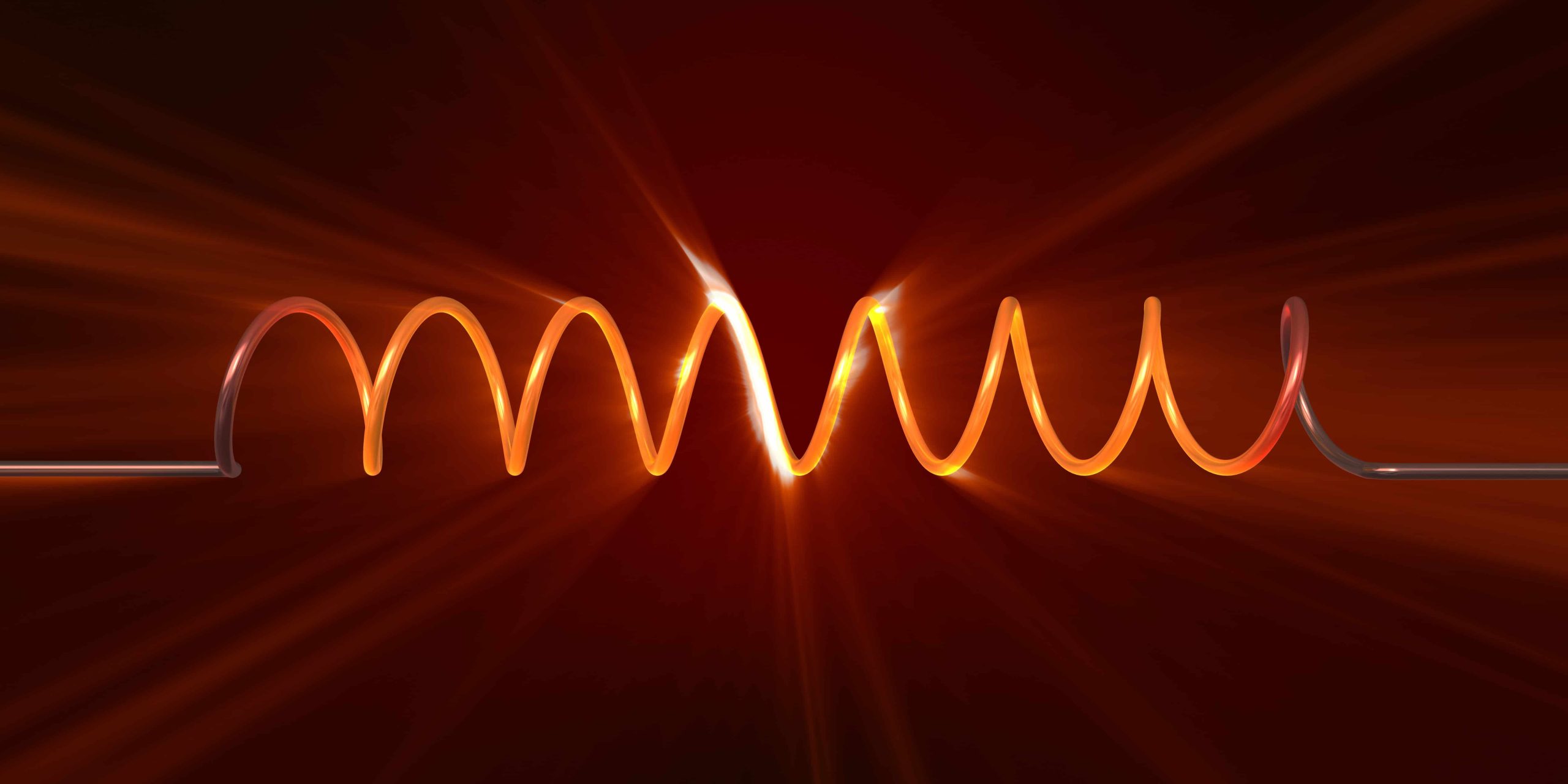
What is Emergency Heat for?
For your convenience you can listen to the article here:
If you have a heat pump, you may have noticed a switch or setting on your thermostat labeled “Emergency Heat,” and wondered, what is that? And if it gets really cold outside, should I switch it on?
In order to answer the first question, we need to discuss how a heat pump works. During the winter, the heat pump extracts heat from the outside air and sends that heat into your home. When the outside temperature drops below 35 degrees Fahrenheit, it becomes difficult for the heat pump to extract enough heat from the outside air to keep your home comfortable. At that point, the heat pump’s thermostat will automatically switch on the supplemental or auxiliary heat source, which may consist of electric “heat strips” or an oil or gas furnace. Under normal conditions, this supplemental heat source will run in tandem with your heat pump, acting as a back-up to keep your house warm and cozy even on those bitterly cold days.
However, if the heat pump itself stops working—either due to damage or freezing up—you can switch your thermostat setting to “Emergency Heat.” In this mode, the heat pump does not run at all. Instead, the supplemental heat source runs alone, keeping you comfortable until the heat pump can be thawed out or repaired.
Therefore, the answer to the second question is no. You should not switch on your Emergency Heat just because it’s cold outside. Only use the Emergency Heat mode when the heat pump itself is not working.
The main reason to avoid using Emergency Heat unnecessarily is that the supplemental heat sources are never as efficient as the heat pump itself. In fact, if your supplemental heat source is electric “heat strips,” it is significantly less efficient than the heat pump, which means it will cost a lot more money to heat your home in Emergency Heat mode. If your heat pump does break down, forcing you to rely on Emergency Heat, you should make sure the get the heat pump repaired as quickly as possible so that you don’t end up stuck with a much higher utility bill than usual.


